Xi'an, the ancient capital of China, is not only renowned for its rich history and cultural heritage but also for its diverse and delectable cuisine. A journey through Xi'an's culinary landscape is akin to stepping back in time, where traditional flavors and modern innovations blend seamlessly. This article delves into the essence of Xi'an's food culture, offering a comprehensive guide to the must-try dishes and the best places to savor them.
The Historical Context of Xi'an Cuisine
Xi'an's culinary traditions are deeply rooted in its history as the starting point of the Silk Road. The city's strategic location facilitated the exchange of goods, ideas, and, most importantly, culinary practices. Over centuries, Xi'an has absorbed influences from various regions, resulting in a unique and diverse food culture. The city's cuisine is characterized by its bold flavors, hearty portions, and the use of locally sourced ingredients.
Must-Try Dishes in Xi'an
1、Biang Biang Noodles (Biángbiáng Miàn)
Biang Biang noodles are a quintessential Xi'an dish, known for their wide, belt-like shape and chewy texture. The name "Biang" is derived from the sound the noodles make when they are slapped against the counter during preparation. These noodles are typically served with a savory sauce made from chili oil, garlic, and vinegar, topped with minced meat and vegetables. The dish is a perfect representation of Xi'an's bold and robust flavors.
2、Roujiamo (Chinese Hamburger)
Often referred to as the Chinese hamburger, Roujiamo is a popular street food in Xi'an. It consists of a flatbread stuffed with slow-cooked, flavorful meat, usually pork or beef. The meat is seasoned with a blend of spices, including star anise, cinnamon, and Sichuan peppercorns, giving it a rich and aromatic taste. The flatbread is crispy on the outside and soft on the inside, making it a satisfying and portable meal.
3、Yangrou Paomo (Lamb Soup with Bread)
Yangrou Paomo is a traditional Xi'an dish that combines lamb soup with crumbled flatbread. The bread is torn into small pieces and soaked in the flavorful lamb broth, which is simmered with spices and herbs. The dish is typically garnished with cilantro, green onions, and a drizzle of chili oil. The combination of tender lamb, hearty bread, and aromatic broth makes Yangrou Paomo a comforting and nourishing meal, especially during the colder months.
4、Cold Noodles (Liangpi)
Liangpi, or cold noodles, are a refreshing and light dish that is perfect for hot summer days. The noodles are made from wheat or rice flour and are served cold, topped with a variety of ingredients such as cucumber, bean sprouts, and a tangy sauce made from vinegar, garlic, and chili oil. The dish is often garnished with sesame seeds and cilantro, adding a burst of flavor and texture.
5、Jiaozi (Dumplings)
Jiaozi, or dumplings, are a staple in Chinese cuisine, and Xi'an offers its own unique take on this classic dish. The dumplings are typically filled with a mixture of minced meat, vegetables, and seasonings, then wrapped in a thin dough and either boiled, steamed, or pan-fried. In Xi'an, Jiaozi are often served with a dipping sauce made from soy sauce, vinegar, and chili oil. The city is also known for its "Eight Treasures Dumplings," which are filled with a combination of eight different ingredients, symbolizing prosperity and good fortune.
Exploring Xi'an's Food Streets
To truly experience the culinary delights of Xi'an, a visit to the city's bustling food streets is a must. These vibrant areas are lined with stalls and restaurants offering a wide array of local specialties. Some of the most popular food streets include:
1、Muslim Quarter (Huimin Jie)
The Muslim Quarter is one of the most famous food streets in Xi'an, known for its rich Islamic heritage and diverse culinary offerings. Here, visitors can find a variety of halal dishes, including Roujiamo, Yangrou Paomo, and various kebabs. The street is also home to numerous bakeries and sweet shops, offering treats such as sesame cakes and honey-glazed pastries.
2、Beiyuanmen Street
Beiyuanmen Street is another popular destination for food lovers, offering a mix of traditional and modern dishes. The street is lined with restaurants and food stalls serving everything from Biang Biang noodles to spicy hot pot. Visitors can also find a variety of street snacks, such as skewered meats, fried tofu, and sweet rice cakes.
3、Drum Tower Food Street
Located near the iconic Drum Tower, this food street is a hub for both locals and tourists. The area is known for its lively atmosphere and wide selection of dishes, including Jiaozi, Liangpi, and various noodle dishes. The street is also home to several tea houses, where visitors can enjoy a cup of traditional Chinese tea while taking in the sights and sounds of the city.
The Role of Food in Xi'an's Culture
Food plays a central role in Xi'an's culture, serving as a bridge between the past and the present. The city's culinary traditions are deeply intertwined with its history, reflecting the influences of various dynasties and ethnic groups. For the people of Xi'an, food is not just a means of sustenance but also a way to celebrate their heritage and connect with others.
In addition to its historical significance, Xi'an's food culture is also a reflection of the city's vibrant and diverse community. The Muslim Quarter, for example, is a testament to the city's multiculturalism, where Islamic traditions and Chinese customs coexist harmoniously. The food served in this area is a blend of flavors and techniques from both cultures, creating a unique and delicious culinary experience.
Conclusion
A culinary journey through Xi'an is a feast for the senses, offering a glimpse into the city's rich history and vibrant culture. From the bold flavors of Biang Biang noodles to the comforting warmth of Yangrou Paomo, each dish tells a story of tradition, innovation, and community. Whether you're exploring the bustling food streets or savoring a meal in a local restaurant, Xi'an's cuisine is sure to leave a lasting impression. So, pack your appetite and embark on a culinary adventure in Xi'an, where every bite is a taste of ancient China.








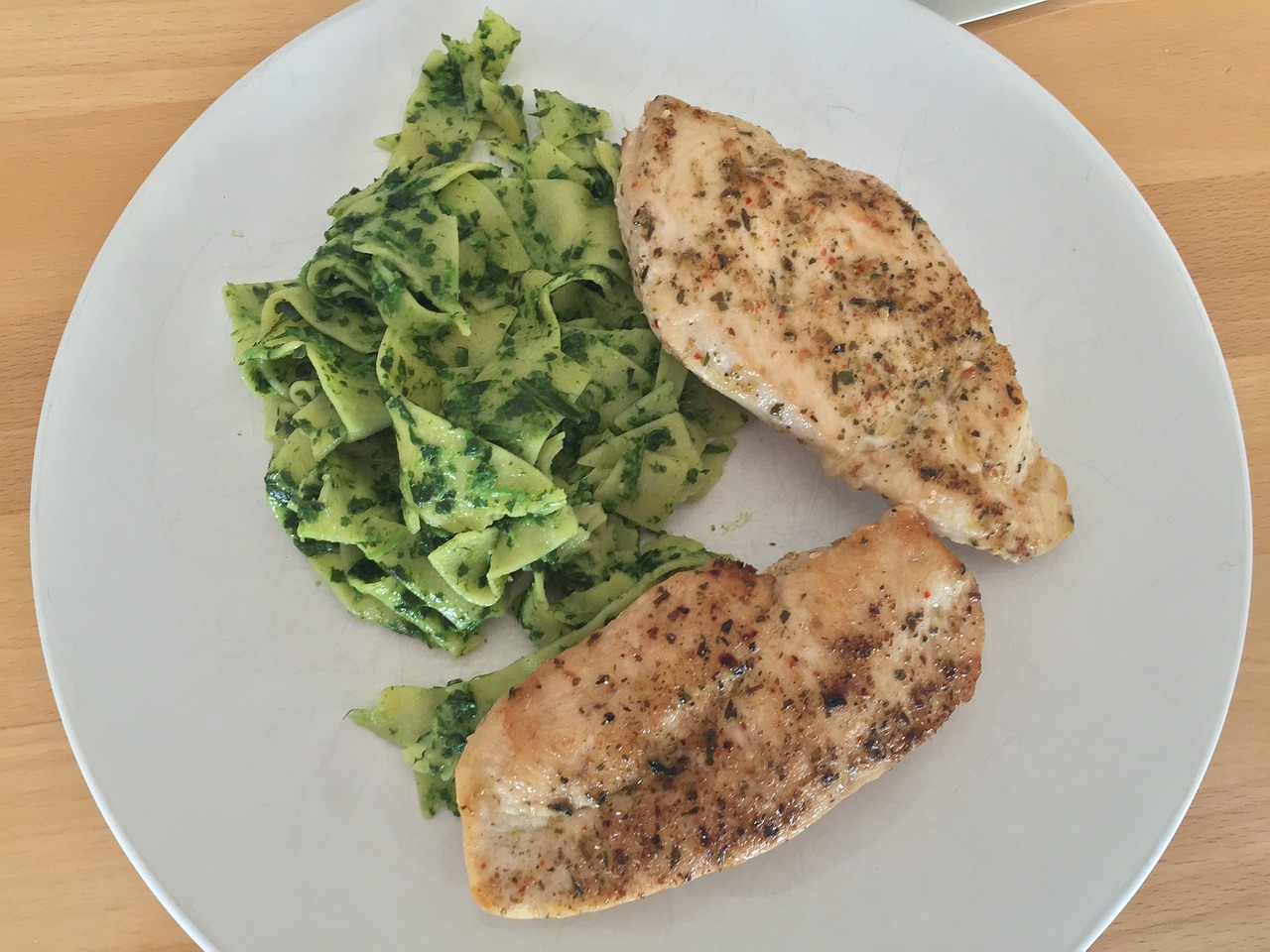
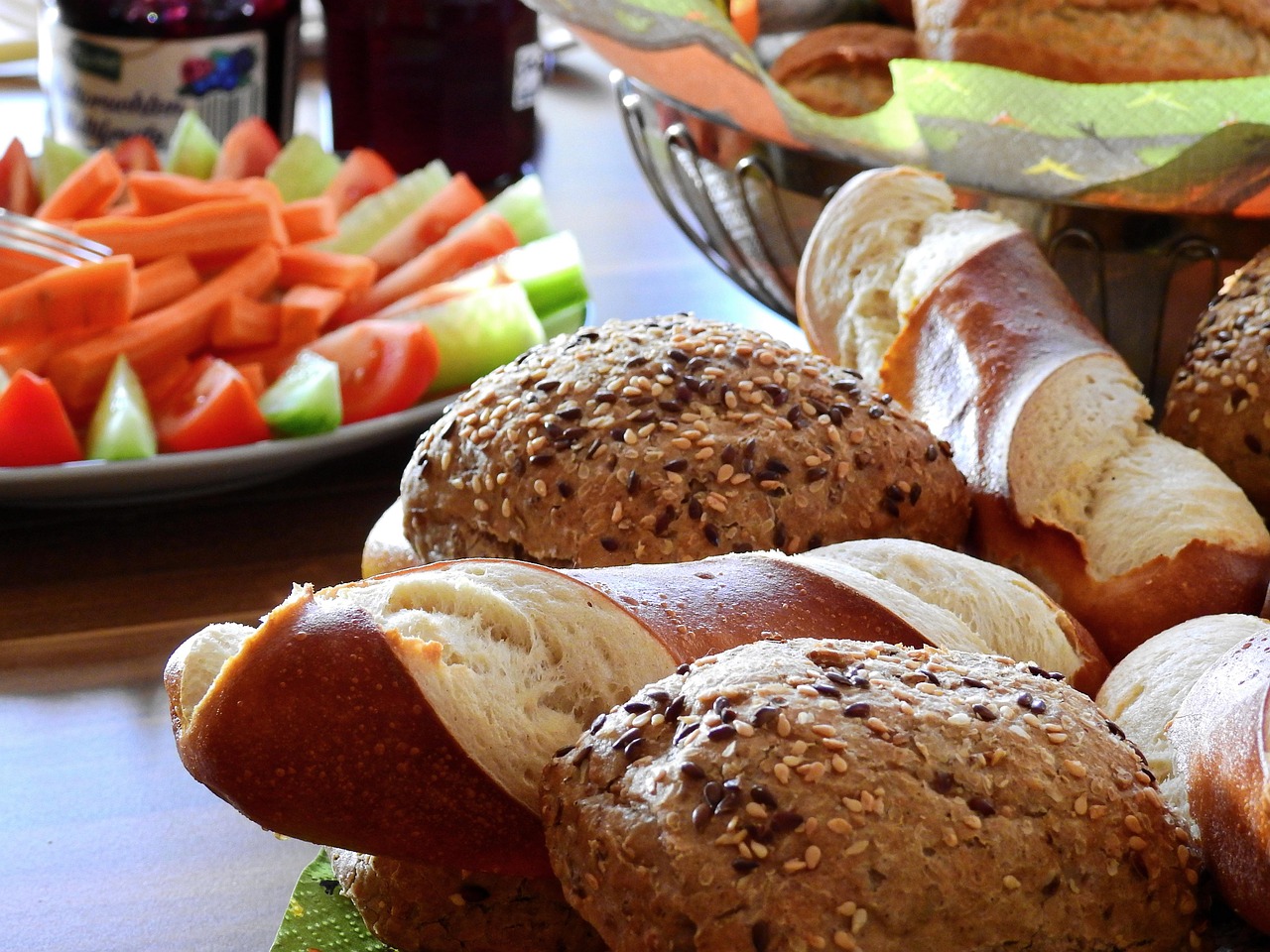

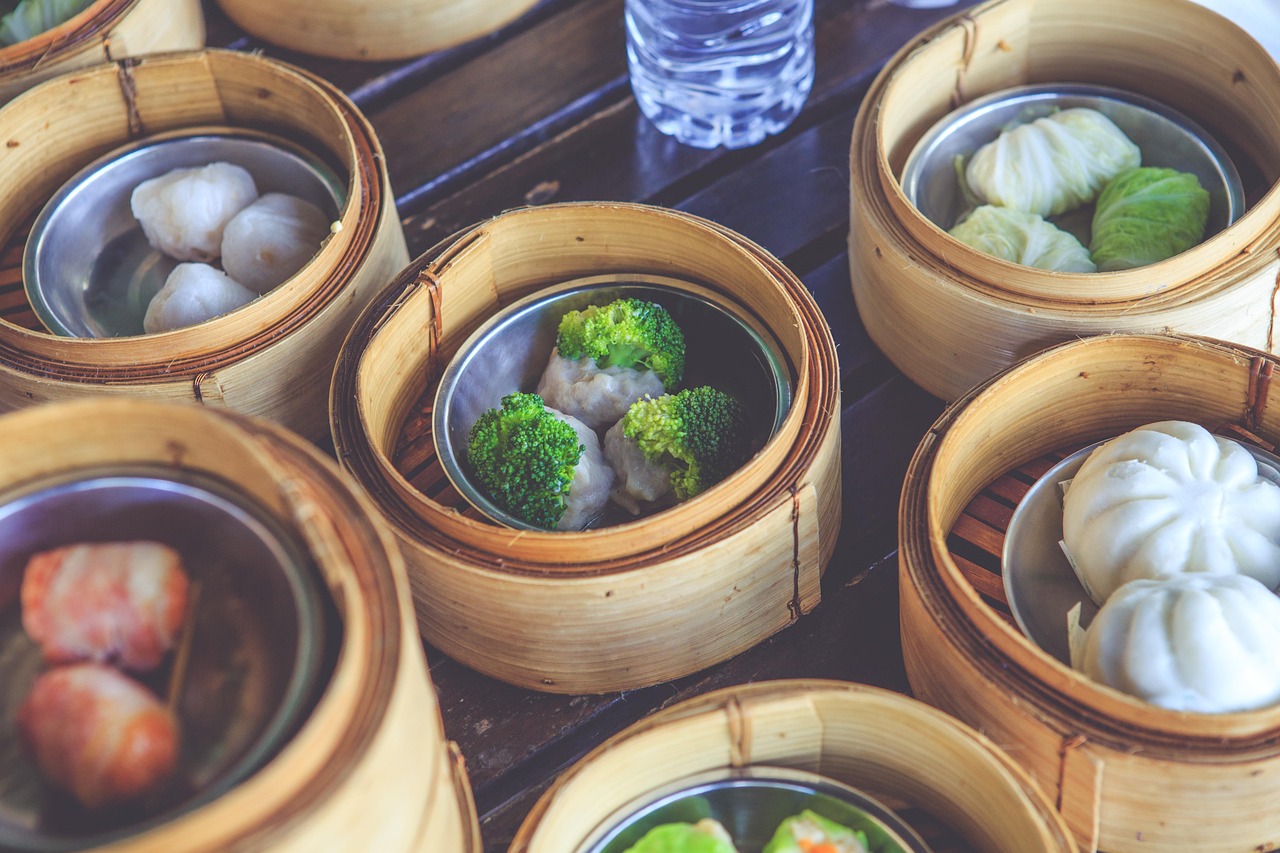
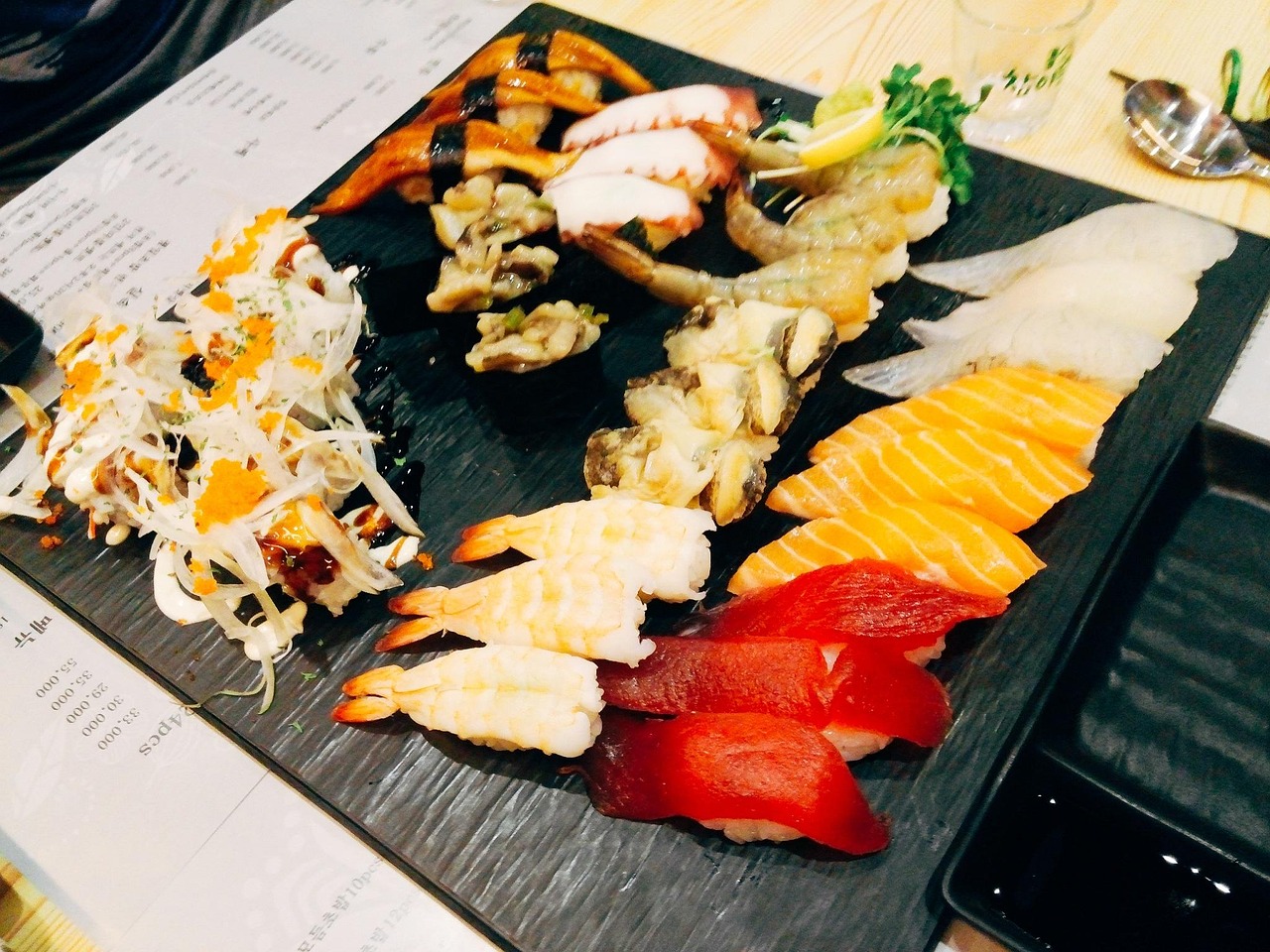
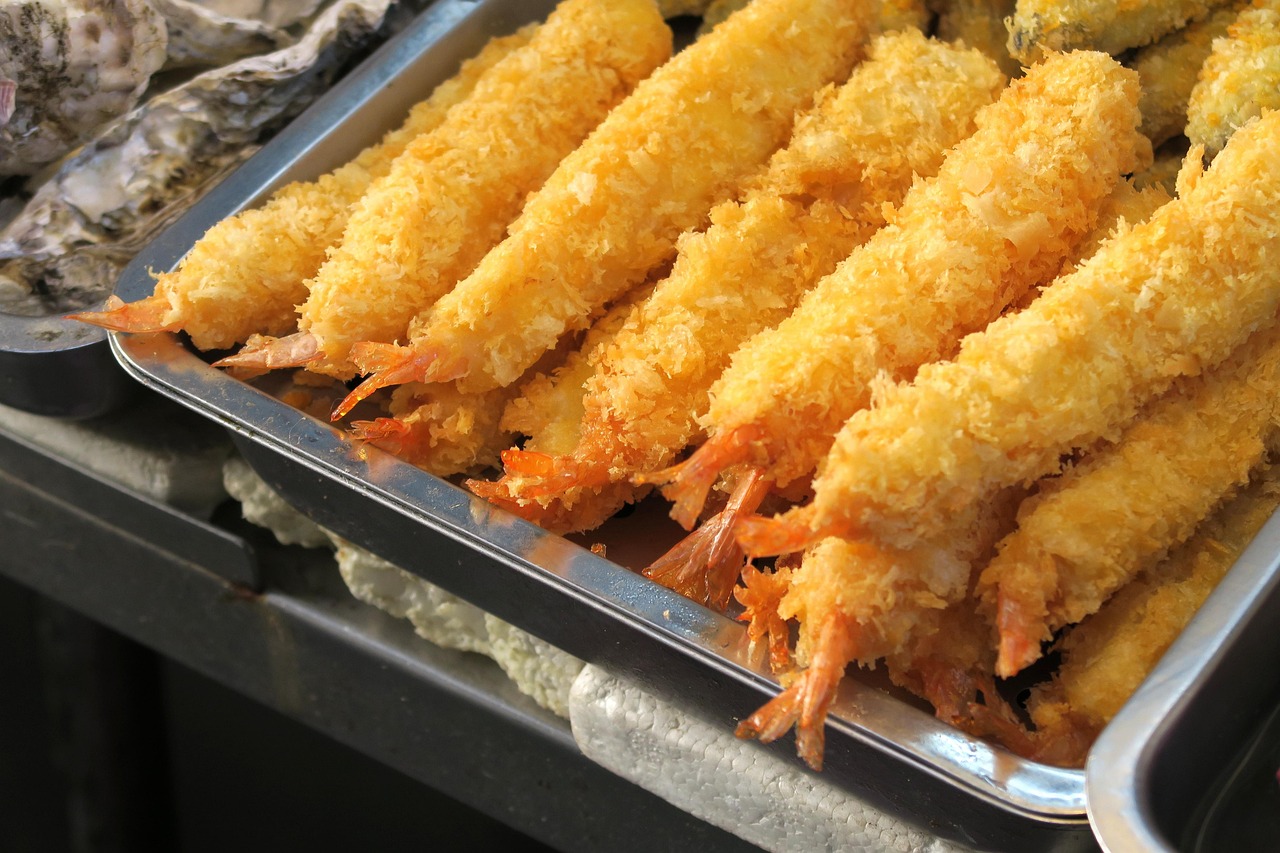

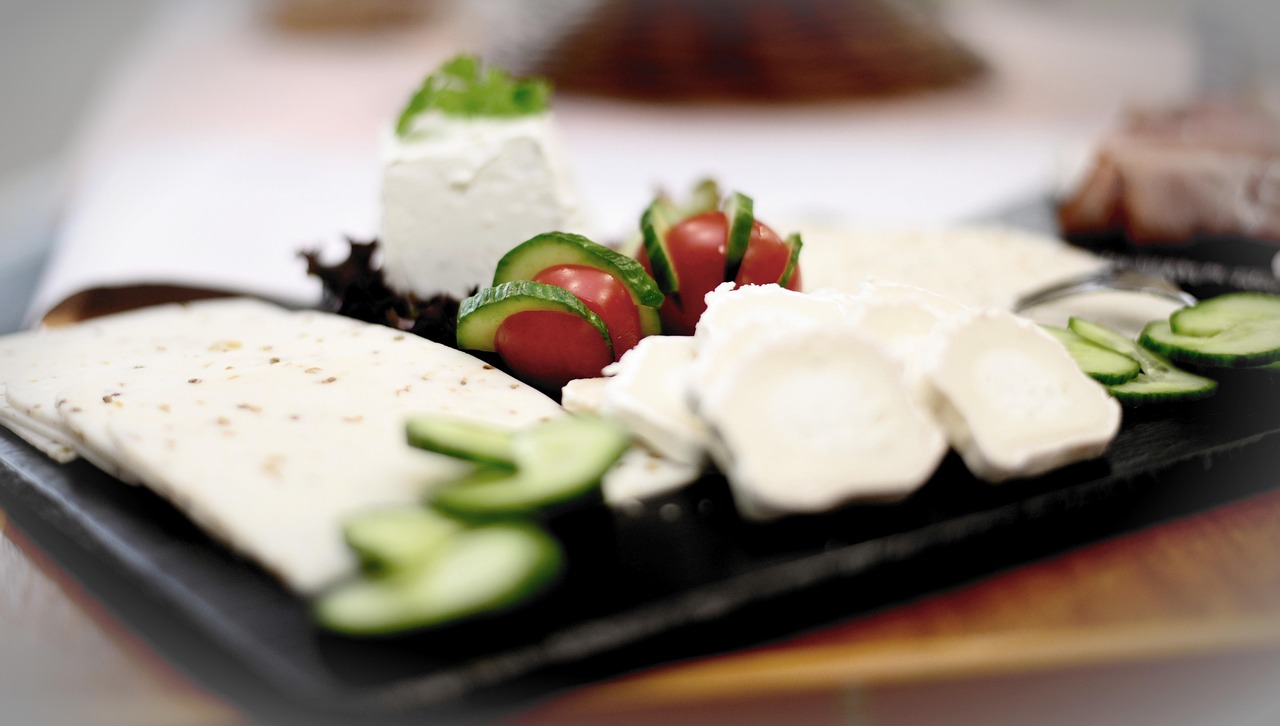
 京公网安备11000000000001号
京公网安备11000000000001号 闽ICP备2023004937号-3
闽ICP备2023004937号-3